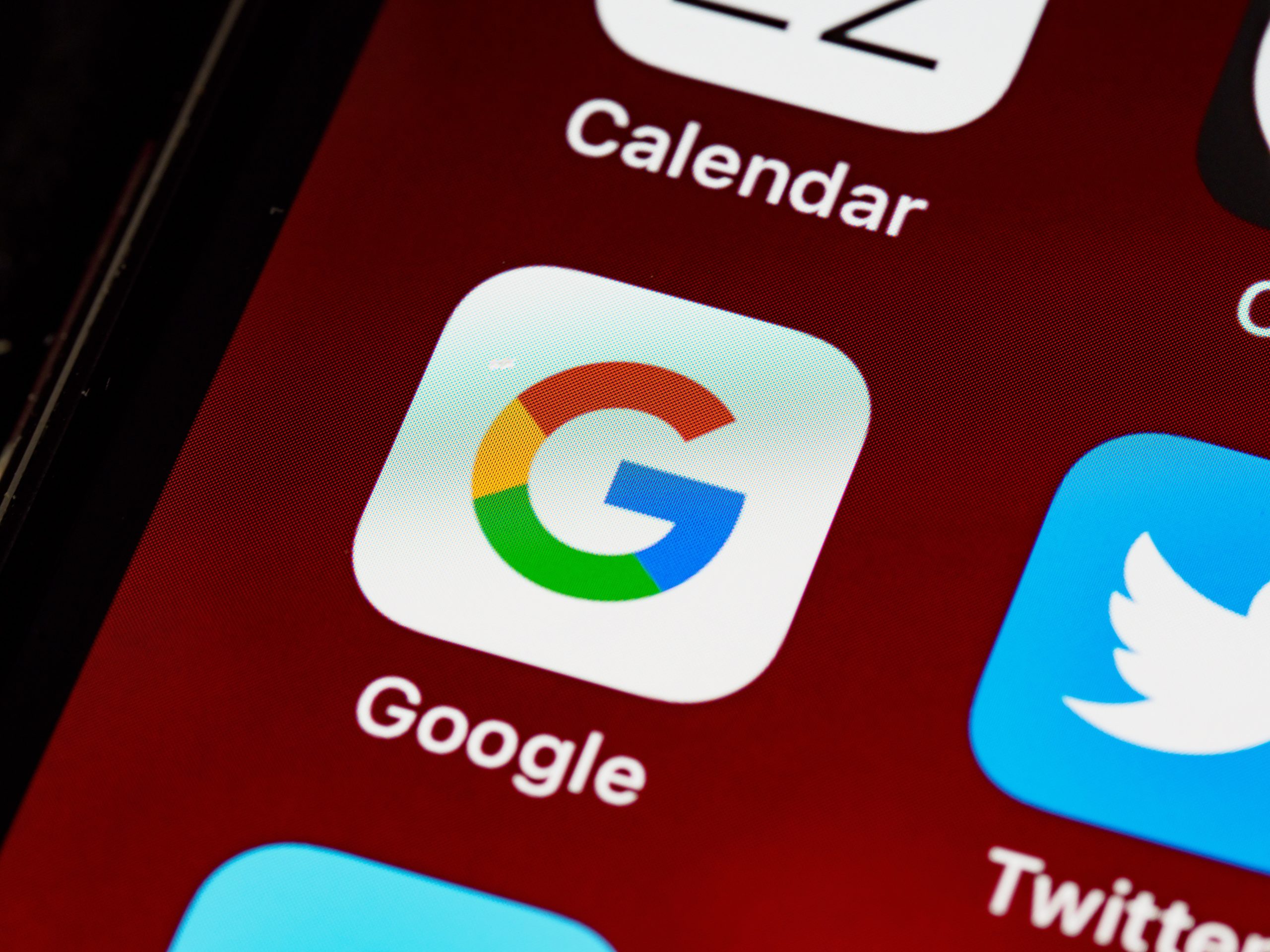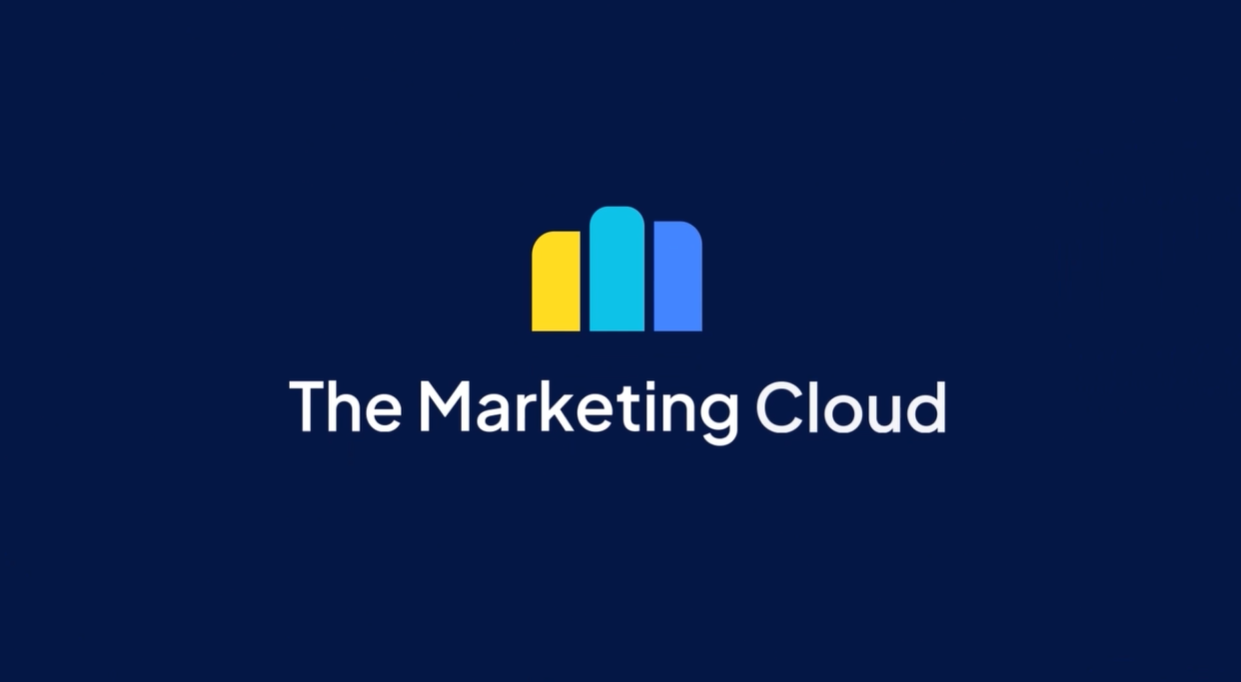Anyone in the world of digital advertising will doubtless have heard that Google last week announced the second delay in their plan to shut down third-party tracking cookies on their advertising platform, this time until late 2024. While consumers and regulators with internet privacy concerns might be justifiably displeased with the announcement, it is largely good news for marketing agencies and brands that advertise on the search giant.
Google – along with other big players – has been talking about a cookie-free web experience for some years, now, but they have delayed actually deprecating third-party cookies in Chrome, citing feedback from advertisers that have asked for more time to evaluate and test new tracking systems and solutions. Most notable in this arena is Google’s own “Privacy Sandbox,” an initiative launched in 2019 to explore and test alternatives to the cookie, which can track the apps that consumers use, the websites they browse and other personalized data.
A majority of advertisers have already had to plant one foot in this brave new world, as Apple began phasing out cookies in April 2021 with their “Ask not to Track” CTA, rolled out in IOS 14.5 and Safari. Google, however, given its ownership of Chrome and Android, is the biggest domino in the lineup.
While the newest delay offers some respite, advertisers are still wondering exactly what they need to do (if Google sticks to the latest timeline) once 2024 rolls around:
Make a Plan
In short, advertisers need to map out their “cookieless” plan, now, and stick to it, regardless of what future delays or other announcements may come. Key to these plans will be first party data, as leveraging this data for retargeting and seed audiences will drive more effective media tactics and should be prioritized. Brands, then, should continue to build out their first party data sets, whether they’re leveraged through eCRM/SMS programs, interactive website elements or deeper DMP integrations.
Creative is Key
Next, it will be critical to double down on breakthrough creative. As targeting abilities are eroded by the coming changes, creative will matter more than ever; make sure that it is engaging, compelling and drives a clear call to action. When possible, it will be particularly powerful to contextualize the creative to the source. For example, brands should leverage influencers & real people on social media and use high impact or rich media assets on programmatic advertising. It will be valuable, here, to take the opportunity to explore more organic options such as CRM & organic social to test creative before putting media dollars behind it.
Find Partners You Trust
Finally, brands should partner closely with their agencies & programmatic partners. Many partners are working on their own universal ID program to face the coming challenges. Given that the biggest player in the game is still testing what a cookieless world looks like, there is, as yet, no proven solution. Brands will be well advised, then, to evaluate options and tailor a solution that best serves their goals.








